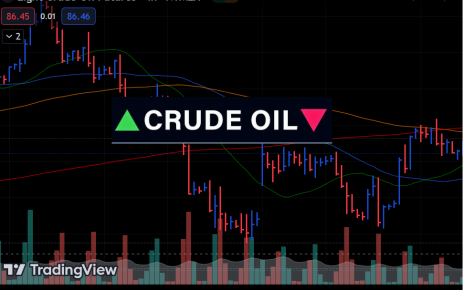- US crude stockpiles went up by 1.2 million barrels last week.
- US oil exports surged to a record high of 5.6 million barrels a day last week.
- China’s factory activity rose in February at its strongest rate in over a decade.
The price of crude oil rose slightly Wednesday as evidence of sufficient supply, such as rising US crude stocks, outweighed rising expectations for increased demand.
Brent crude futures ended at $84.31 per barrel, up 86 cents or 1%. West Texas Intermediate (WTI) crude for the United States finished at $77.69, up 64 cents or 0.8%.
According to government data, US crude stockpiles increased by 1.2 million barrels last week to reach 480.2 million, the most significant since May 2021. This outperformed expert projections of a 457,000-barrel increase. It was the tenth consecutive weekly rise.
According to UBS analyst Giovanni Staunovo, a lesser build than in previous weeks was caused by a widening gap between WTI and Brent, which caused a surge in US oil exports last week to a record high of 5.6 million barrels per day.
Another indication of a plentiful supply was that Russia’s oil production, for the first time in February, surpassed the pre-sanction level, according to the Kommersant business newspaper. According to a Reuters survey, the Organization of the Petroleum Exporting Countries’ production also increased in February.
According to Refinitiv Eikon, Russia’s second-largest oil producer, Lukoil, has established ship-to-ship (STS) loadings of Urals oil close to the western port of Kaliningrad.
Russian Urals crude STS loadings in the Mediterranean reached a record high in January as traders loaded supplies onto larger ships to reduce the cost of long-haul shipments to Asia.
According to an official index, China’s factory activity grew in February at its strongest rate in more than a decade, raising optimism for an increase in oil consumption.
While China’s official purchasing managers’ index (PMI) for manufacturing increased from 50.1 in January to 52.6 last month, a survey of the private sector also revealed activity was rising for the first time in seven months.
“Another round of upside surprise in China’s PMI further offers belief of a better than expected rebound, which supports a more bullish oil demand forecast,” said Yeap Jun Rong, market strategist at IG.





